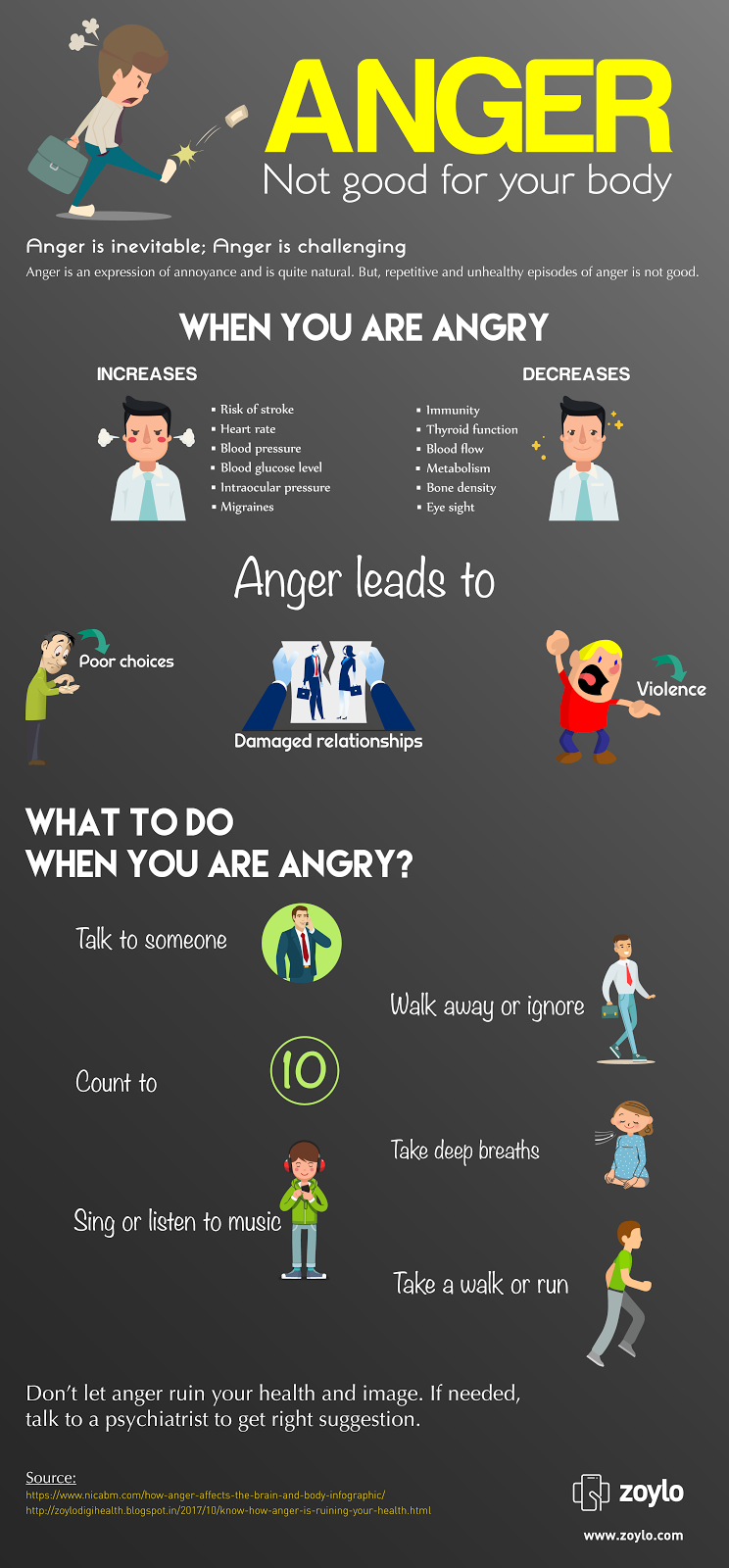How Does Cognitive Therapy Help With Personality Disorders
How Does Cognitive Therapy Help With Personality Disorders
Blog Article
How Do State Of Mind Stabilizers Job?
Mood stabilizers help to soothe locations of the brain that are impacted by bipolar disorder. These drugs are most effective when they are taken routinely.
It may take a while to discover the ideal drug that functions finest for you and your doctor will certainly monitor your condition throughout therapy. This will certainly involve normal blood tests and possibly an adjustment in your prescription.
Natural chemical regulation
Natural chemicals are a group of chemicals that manage each other in healthy and balanced individuals. When degrees end up being unbalanced, this can lead to state of mind conditions like clinical depression, stress and anxiety and mania. Mood stabilizers assist to stop these episodes by assisting regulate the equilibrium of these chemicals in the brain. They likewise might be made use of together with antidepressants to improve their performance.
Medications that work as state of mind stabilizers consist of lithium, anticonvulsants and antipsychotics. Lithium is possibly the most popular of these drugs and works by impacting the flow of sodium via nerve and muscular tissue cells. It is most often made use of to treat bipolar affective disorder, however it can additionally be useful in treating other state of mind disorders. Anticonvulsants such as valproate, lamotrigine and carbamazepine are additionally effective state of mind supporting medications.
It can take a while to find the best type of medication and dose for each and every individual. It's important to collaborate with your physician and engage in an open discussion regarding how the medicine is working for you. This can be specifically useful if you're experiencing any kind of adverse effects.
Ion channel modulation
Ion networks are a significant target of mood stabilizers and lots of other medications. It is currently well established that they are dynamic entities that can be regulated by a selection of exterior stimulations. In addition, the inflection of these networks can have a variety of temporal effects. At one extreme, modifications in gating dynamics might be rapid and instantaneous, as in the nicotinic acetylcholine receptor/channel system. At the various other end of the range, covalent modification by healthy protein phosphorylation may lead to changes in network feature that last longer.
The field of ion channel inflection is going into a duration of maturity. Current researches have shown that transcranial concentrated ultrasound (United States) can affordable counseling services promote neurons by turning on mechanosensitive potassium and salt networks installed within the cell membrane layer. This was shown by expressed channels from the two-pore domain name potassium family members in Xenopus oocytes, and concentrated United States dramatically regulated the current streaming with these networks at a holding voltage of -70 mV (ideal panel, loved one result). The outcomes follow previous observations showing that antidepressants impacting Kv channels regulate glia-neuron interactions to opposite depressive-like habits.
Neuroprotection
Mood stabilizers, like lithium, valproic acid (VPA), and carbamazepine, are crucial in the therapy of bipolar disorder, which is characterized by persistent episodes of mania and anxiety. These medications have neuroprotective and anti-apoptotic buildings that aid to stop mobile damages, and they likewise improve cellular durability and plasticity in dysfunctional synapses and neural circuitry.
These protective activities of state of mind stabilizers might be moderated by their inhibition of GSK-3, inositol signaling, and HDAC activity. Additionally, long-term lithium treatment safeguards versus glutamate excitotoxicity in cultured neurons-- a design for neurodegenerative disorders.
Studies of the molecular and cellular results of state of mind stabilizers have actually shown that these medications have a vast array of intracellular targets, consisting of multiple kinases and receptors, as well as epigenetic adjustments. Further study is needed to identify if mood stabilizers have neurotrophic/neuroprotective activities that are cell kind or wiring certain, and just how these impacts might match the rapid-acting restorative action of these representatives. This will help to create brand-new, much faster acting, a lot more effective treatments for psychiatric illnesses.
Intracellular signaling
Cell signaling is the process by which cells interact with their atmosphere and other cells. It includes a sequence of steps in which ligands connect with membrane-associated receptors and bring about activation of intracellular paths that control important downstream cellular features.
Mood stabilizers act on intracellular signaling via the activation of serine-threonine protein kinases, resulting in the phosphorylation of substratum proteins. This activates signaling waterfalls, causing modifications in gene expression and mobile feature.
Numerous mood stabilizers (including lithium, valproate and lamotrigine) target intracellular signaling paths by preventing specific phosphatases or turning on certain kinases. These impacts cause a decline in the task of these pathways, which causes a reduction in the synthesis of specific chemicals that can affect the mind and result in signs and symptoms of anxiety or mania.
Some mood stabilizers likewise work by boosting the task of the inhibitory natural chemical gamma-aminobutryic acid (GABA). This improves the GABAergic transmission in the brain and minimizes neural activity, thus generating a soothing result.